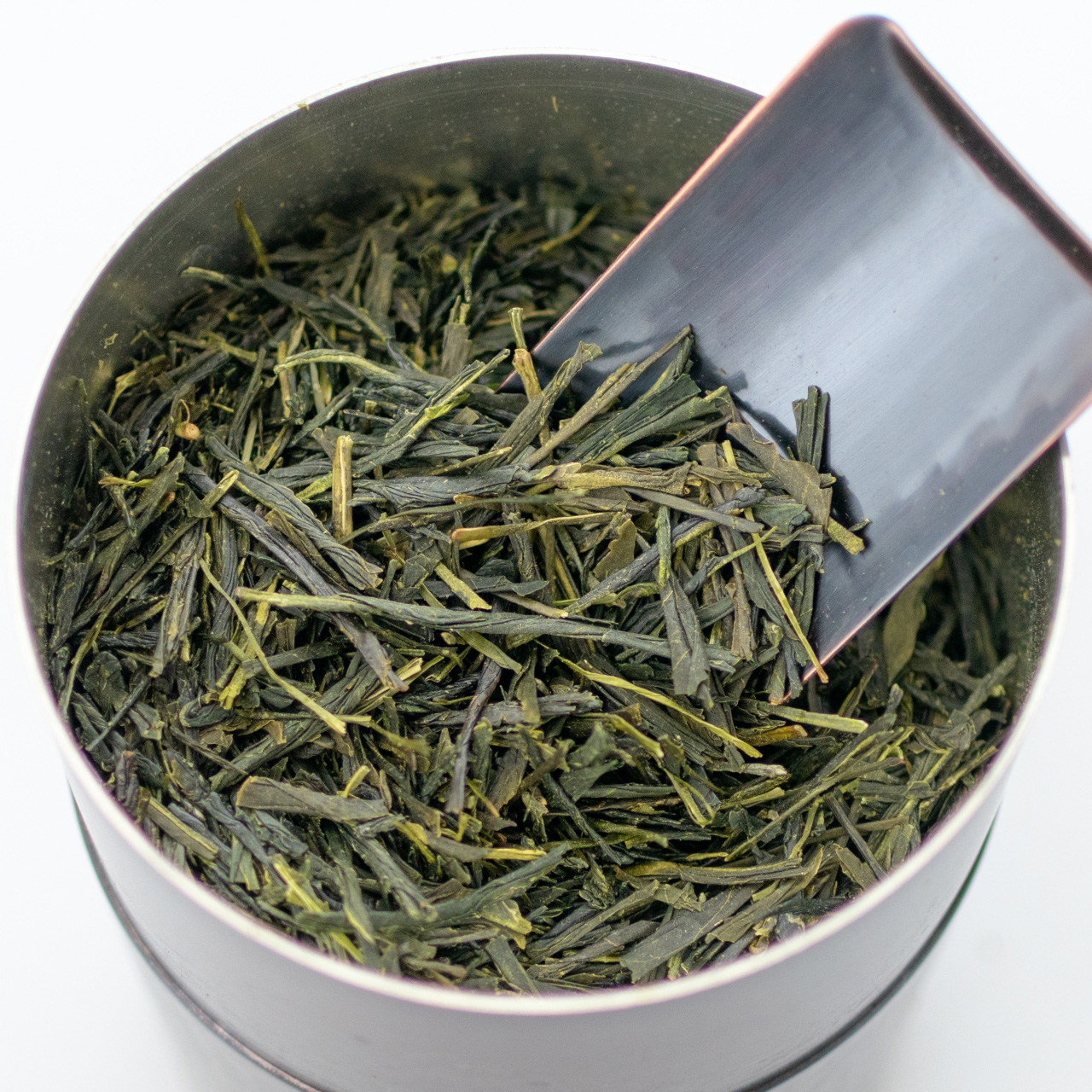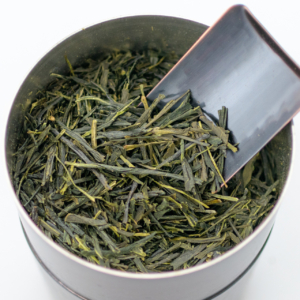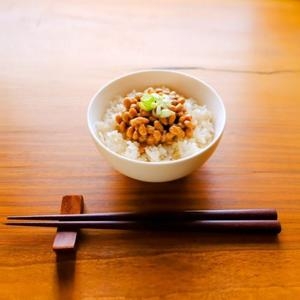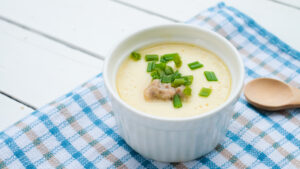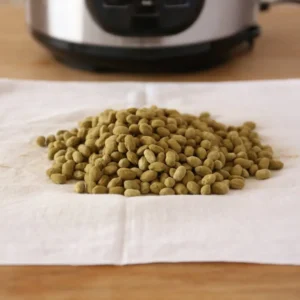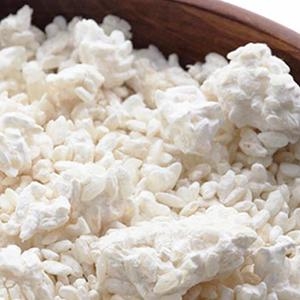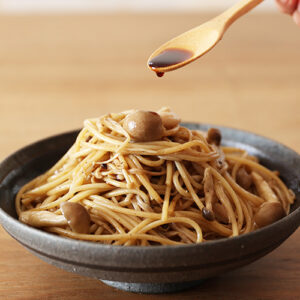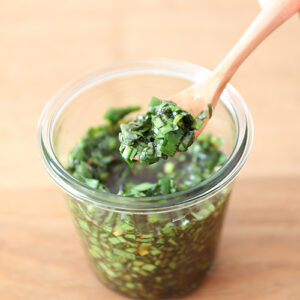Spring is coming and it is almost Japan’s harvesting season for tea. So why don’t we talk a little about tea?
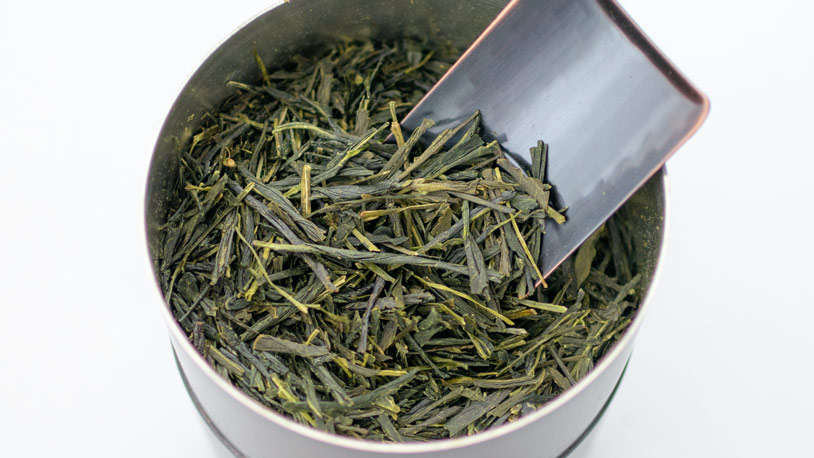
There are many types of tea, but perhaps the most familiar one is sencha green tea.
But what is the difference between sencha and other green tea varieties that we usually hear? If asked, not everyone could answer with a proper explanation.
In this article, we will explain the basic guide of Japanese Sencha Green Tea that you might not know.
 Content List
Content List
- What is Sencha Green Tea
- Sencha is one type of Ryokucha (Japanese Green Tea)
- Types of secha green tea
- Caffeine content in sencha green tea
- How to Brew Sencha Green Tea
- Hot Sencha Green Tea
- Iced Sencha Green Tea
- Sencha Green Tea Health Benefits
- The Difference Between Sencha Green Tea and Matcha Tea
- Sencha Green Tea Recipe (Salmon Ochazuke)
- Precautions for Sencha Green Tea Consumption
- Sencha Green Tea Q & A
- Sencha Green Tea Recommended Products
What is Sencha Green Tea
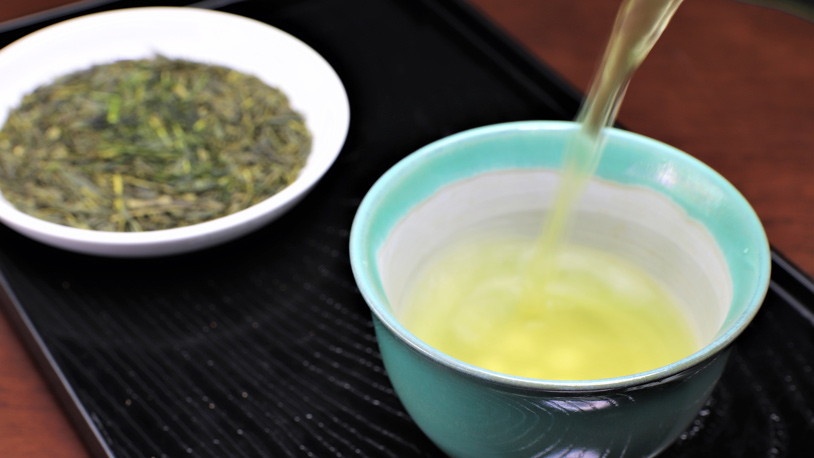
Sencha green tea (煎茶) is a popular green tea variety in Japan, covering up to 80% production volume every year.
This tea is made by harvesting the Camellia Sinensis (tea) leaves cultivated without blocking the sunlight, immediately steamed, rolled, and dried. It only uses the first pluck of the tea plant and is always harvested by hand. The steaming process is important to prevent oxidation, so sencha green tea could preserve its green color with plenty amount of polyphenol (45-90%) and has relatively low caffeine content.
Sencha green tea has a refreshing aroma with a balanced harmony of sweetness and bitterness. The brewed sencha green tea may have a light pale yellow-ish to green color. These flavors may vary with different types of sencha and how they have been processed.
Sencha is one type of Ryokucha (Japanese Green Tea)
When people mention ryokucha, it refers to Japanese green tea (緑茶, ryokucha). Ryokucha itself is divided into various grades for differing the harvest time, the processing method, and the amount of sunlight the leaves are exposed to.
Sencha is one kind of ryokucha that become the most well-known variety. The characteristics of sencha green tea use only the first pluck of the tea leaves cultivated in the open air with plenty of sunlight.
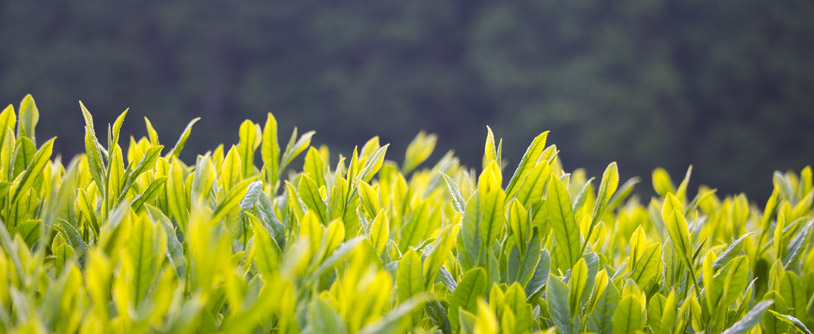
While the other grades of ryokucha are:
• Gyokuro
The highest grade of Japanese green tea. Picked during the first round of harvest season from the tea plant that shaded from the sunlight for around 20 days before being harvested.
• Tencha
Harvested like gyokuro, but the leaves are not rolled in the production process.
• Bancha
Harvested in the later period of harvest season from the second pluck of tea plant.
• Matcha
Finely grounded powder of tea leaves that only uses the tea plant has been shaded-grown for three to four weeks before harvesting process.
Japan has so many tea plantations scattered all over the prefectures. The largest and well-known production area for sencha green tea is Shizuoka Prefecture, Kagoshima Prefecture, and Mie Prefecture. For gyokuro and matcha tea, the Uji City of Kyoto Prefecture is the most leading production area.
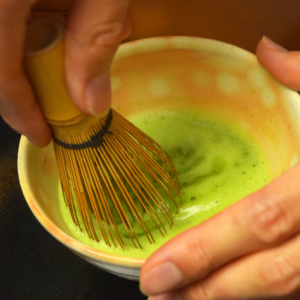
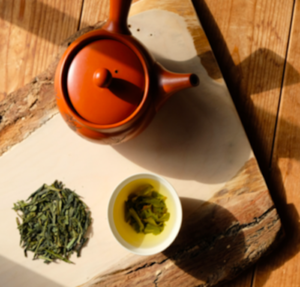
Types of Sencha Green Tea
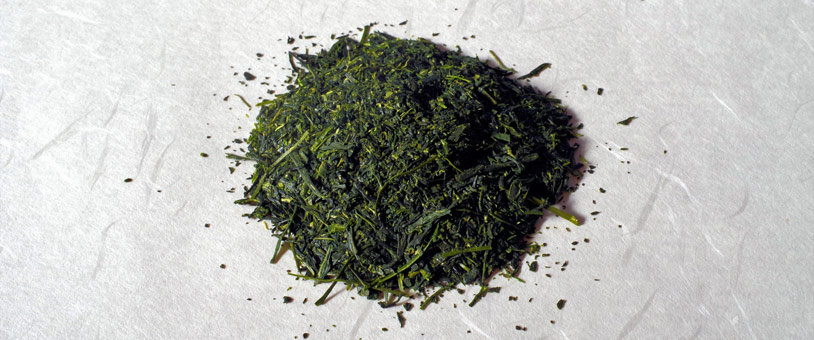
Sencha also has several types, differentiated by the harvest time, production method, producing regions, and more.
The most common way to divide sencha green tea is based on their steaming (mushi) time. Different steaming times will make a significant difference to the color, aroma, and shape.
• Asamushi Sencha
Known as the light steaming sencha green tea (about 20-30 seconds steaming time). This is the type of sencha green tea we usually drink. Lighter steaming time will result in long and narrow tea leaves. It has a cleaner, freshening taste with a strong aroma.
• Chumushi Sencha
The medium steaming. Lies between asamushi sencha and fukamushi sencha and usually steamed for 30-40 seconds.
• Fukamushi Sencha
The deep steaming sencha green tea steamed for 40-90 seconds. It doesn’t have astringency and has a mellow taste. Due to the longer steaming time, it has fine tea leaves shape with a richer taste and darkish green color, yet weaker aroma.
• Powdered Sencha
The grounded version of sencha green tea. It’s not matcha but may has a similar texture to matcha. This type of sencha usually used to be mixed with food (for cooking).
If divided by the harvest time, there is shincha green tea. The firstly harvested variety in order is shincha → sencha → bancha. Because it is only produced in a small quantity and mainly only available in a short time period, shincha is quite special and pricey.
It’s interesting to learn the types of sencha green tea. Let’s choose what type of sencha tea suits you the best!
Caffeine content in sencha green tea
The unfermented teas like green tea showed a lower caffeine content than the fermented teas (red and black tea). Research presented the caffeine content in green tea is around 15-25 mg/150 ml, oolong tea is 18-33 mg/150 ml, while black tea has the highest that is 40-70 mg/150 ml.
Generally, tea bag produces a higher percentage of caffeine than tea leaves. Please also note that the caffeine content may vary to the brand of tea, types of tea, and the preparation method.
Reference:
Beneficial Effects of Green Tea—A Review
Recommended Products for Sencha Green Tea
How to Brew Sencha Green Tea
Sencha green tea is delicious to drink as a hot or cold beverage. Be sure to follow the correct how-to brew sencha green tea, as it will enhance its aroma and flavor.
• Hot Sencha Green Tea
• Iced Sencha Green Tea
The instructions below are the recommended way to serve delicious hot sencha green tea, adjusted for brewing sencha green tea at home from the method used for senchadō (traditional Japanese tea ceremony for sencha). For the iced sencha green tea, we will be using the cold brew method.
How to Make Hot Sencha Green Tea
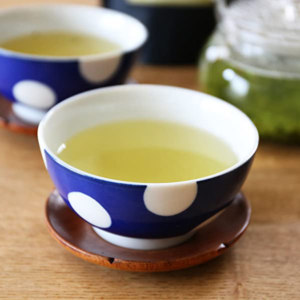
How to Brew Sencha Loose Leaf Hot Tea
Equipment
- Kyusu (teapot)
- Chawan (teacup)
Ingredients
- 2-3 g Organic Sencha Green Tea Loose Leaf (0.07-0.1 oz)
- 60 ml Hot Water (at 80℃ or 176°F)
Instructions
- Add 2-3g of Sencha Green Tea into a teapot.
- Pour 60ml hot water (80℃ or 176°F).
- Let it sit until fully steeped for 1 minute. Feel free to steep more to get stronger tea taste.
- Pour into a teacup and enjoy the great taste!
Notes
How to Make Iced Sencha Green Tea

Cold Brew Sencha Green Tea
Equipment
- Container for cold brew
Ingredients
- 20 g Organic Sencha Green Tea Loose Leaf (0.7 oz)
- 500 ml Water (16.9 fl oz)
- Ice cubes Optional
Instructions
- In case of using sencha green tea loose leaf, use the container with infuser. Put the tea leaves inside the infuser and pour the 1L cool mineral water into the pot.
- In case of using sencha green teabag, put the teabag in the container and pour the 500ml cool mineral water. Use 1-3 bags if using teabag type.
- Let the tea steep for at least 4-5 hours in the refrigerator.
- Pour the cold brew sencha green tea into teacups.You may add some ice cubes if you want. Enjoy!
Sencha Green Tea Health Benefits
Health Benefit 1 Lower The Risk of Several Types of Cancer

Green tea is rich in catechins, particularly Epigallocatechin-3-Gallate (EGCG) – one of the plant compounds in tea called polyphenols that act as a natural antioxidant.
The antioxidants may prevent damage caused by free radicals. Therefore consuming green tea could lower the risk of several chronic diseases for your body. A study concludes that consuming green tea may lower the risk of several types of cancer such as breast and prostate cancer.
Reference:
Beneficial effects of green tea: A literature review
The catechin contained in green tea has a greater amount than in other teas like black or oolong tea. Every green tea has a different amount of catechins, but the proportion varies between 45-90%, which is quite a lot to help in protecting your body cells from damage caused by free radicals.
Health Benefit 2 Reduce The Risk of Cardiovascular Disease
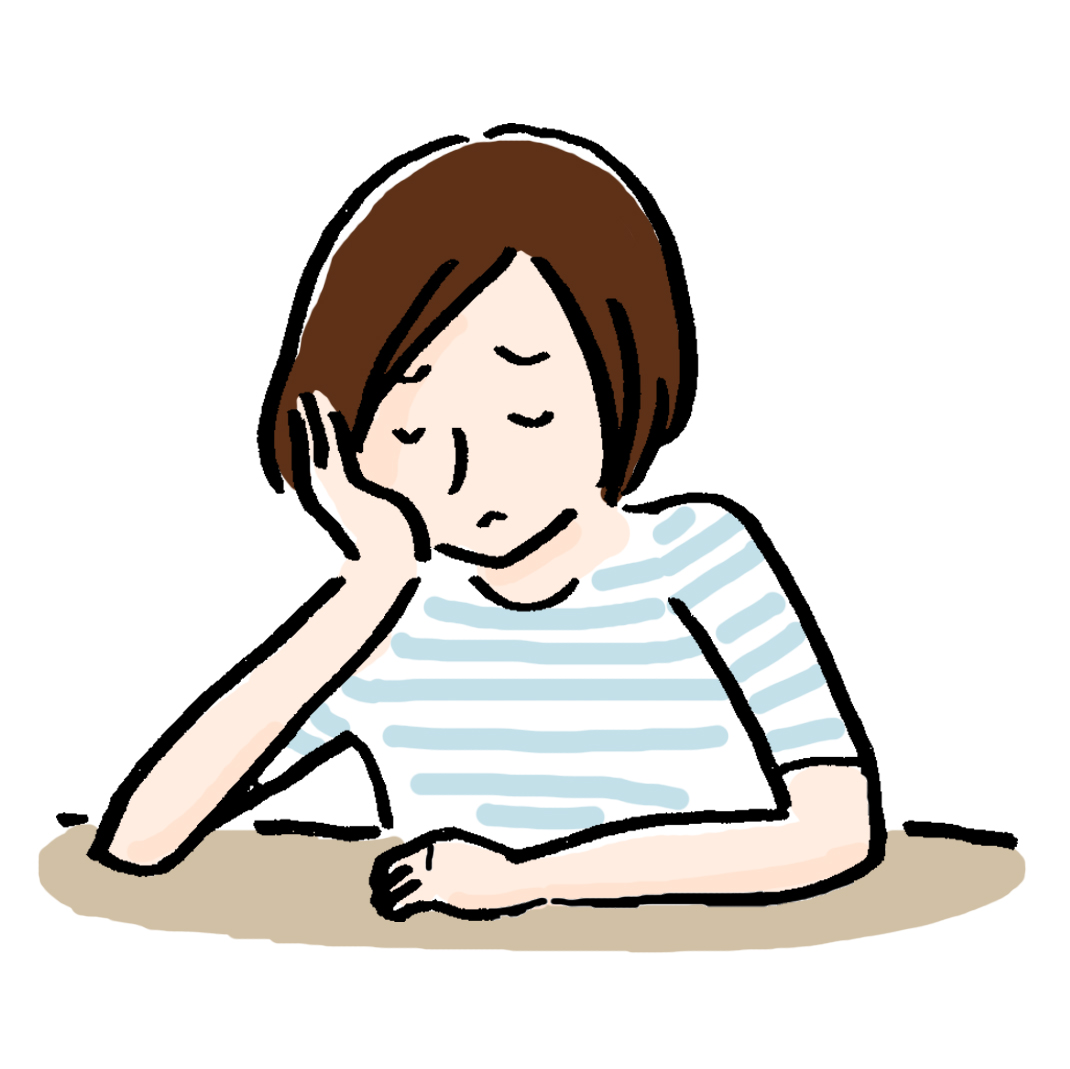
Studies show that green tea may reduce the risk of cardiovascular disease, including heart disease, hypertension, and stroke.
Consuming green tea appears to be a good way to prevent heart disease by increasing the antioxidant capacity in the blood. The antioxidant will protect the LDL particles from oxidation, which may one of the pathways towards heart diseases.
But on the contrary, green tea should not be consumed by patients suffering from cardiovascular diseases. Excessive consumption of green tea also may increase heart rate and elevated blood pressure. So it is best to drink green tea just in an adequate amount.
Reference:
Beneficial effects of green tea: A literature review
Health Benefit 3 Gives Relaxation Effect
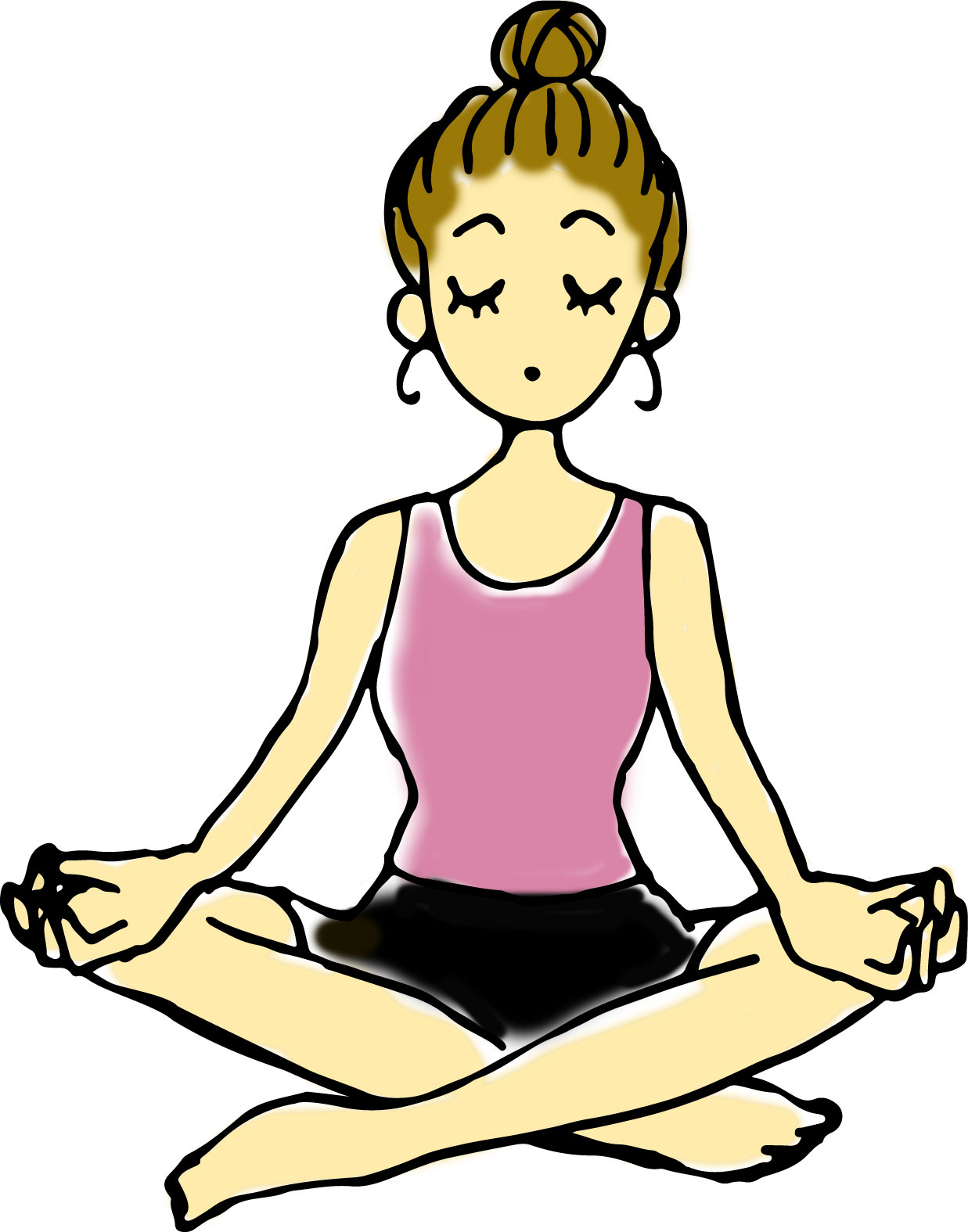
According to studies, the active amino acid (L-theanine) contained in green tea induces a relaxation effect. L-theanine stimulates the alpha brain waves that could create deep mental relaxation.
A study published in Trends in Food Science & Technology found green tea produces relaxing effects without drowsiness for only 40 minutes after ingestion.
This amino acid is responsible to give the umami flavor that becomes the characteristic flavor of tea.
Reference:
Effects of Green Tea Consumption on Psychological Health
Health Benefit 4 May Help You to Lose Weight
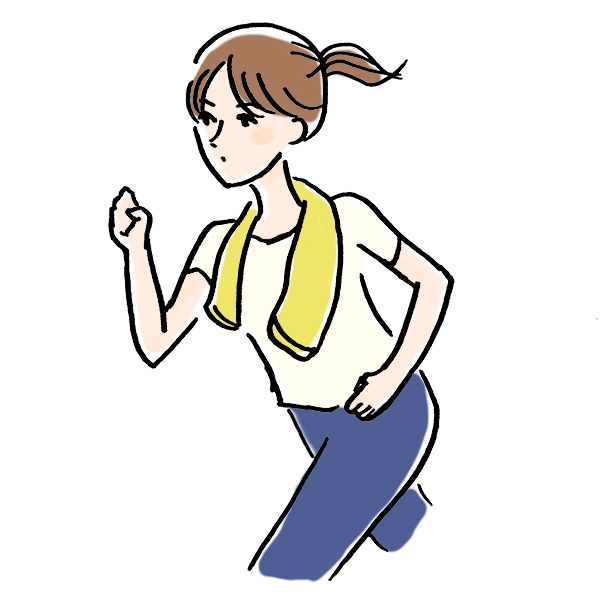
The EGCG in green tea also helps people to lose weight, mainly body fat, by increasing fat oxidation. Some small number of studies show that green tea extract intake has the potential to induce more fat oxidation.
Green tea is categorized as low calorie or zero-calorie beverage, so it’s good for your diet.
That is why recently green tea has been called a beverage that helps in weight loss.
Though maybe the effect would be different for every individual, it is great to consume one or two cups of green tea in the morning to make your workouts and diets more effective.
Health Benefit 5 Gives You Energy

Green tea has caffeine and tannins, which makes you feel energized after drinking one cup of the tea.
Despite their potential adverse effects on health which depends on every individual, caffeine and tannins could be a solution to solve fatigue, sleepiness, and lack of energy.
In general, the caffeine in green tea has less amount than other types of tea. However, those with caffeine sensitivity and excessive consumption of green tea may encounter caffeine side effects.
The good news is green tea has a natural chemical called theanine, which reduces caffeine effects with its calming effect.
Health Benefit 6 Reduce Risk of 2 Type Diabetes

Consuming tea seems to have advantageous effects on individuals with diabetes. According to a review of 7 studies with a total of research in 286,701 individuals, green tea drinkers had an 18% lower risk of becoming diabetic.
The antioxidants and astringent characteristics of green tea give better functioning of the pancreas. Good functioning of the pancreas manages better discharge of insulin, which can prevent the beginning of diabetes.
The Difference Between Sencha Green Tea and Matcha Tea
Sencha Green Tea
• The most common and well-known type of Japanese green tea.• Made by only the first pluck of Camellia Sinensis (tea) leaves that were cultivated without blocking the sunlight• Immediately steamed, rolled, and dried after being harvested. Therefore still have the green tea leaves color with slender, needle-like shape. Also available in teabags and powder form.• Divided into various types based on their steaming (mushi) time: asamushi, chumushi, and fukamushi sencha green tea.

Matcha Tea
• 100% green tea leaves that have been ground into a fine powder. It comes only from the finest green tea leaves.
• Made by the Camellia Sinensis (tea) leaves that was been shaded-grown for three to four weeks before the harvesting process.
• Have a deep, lushyl green color with a smooth, talc-like texture.
• Divided into various grades based on their quality: ceremonial grade matcha and culinary grade matcha.
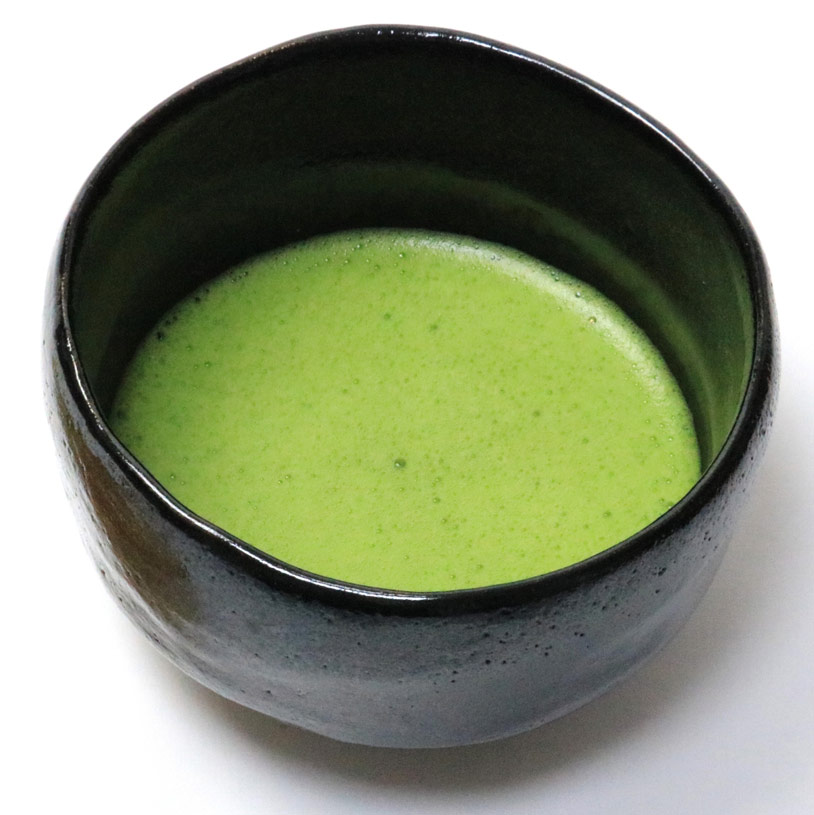
Sencha Green Tea Recipe (Salmon Ochazuke)
There is one Japanese cuisine you can enjoy using sencha green tea, yes, it is salmon ochazuke. Salmon ochazuke is a simple, traditional Japanese dish of steamed rice topped with salted salmon with tea.
Some recipes may use dashi broth, but the original one is to use sencha green tea.
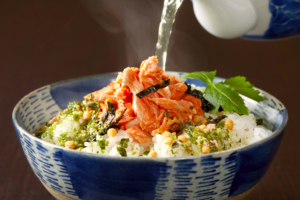
Salmon Ochazuke
Ingredients
Ingredient
- 1 Sencha Tea Bag
- 200 ml Hot Water
- 150 g Cooked Rice (5.2 oz)
- ½ Tsp Dashi Powder
- Salt (As needed)
Topping
- 50 g Grilled Salmon (1.7 oz)
Instructions
- Brew the sencha tea bag for 1 minute with the hot water.
- Take out the tea bag, and boil the brewed tea.
- Add dashi and salt.
- Prepare the rice in a small bowl, top it with grilled salmon or any of your favorite topping.
- Pour the tea broth over the rice and enjoy while hot.
Precautions for Sencha Green Tea Consumption
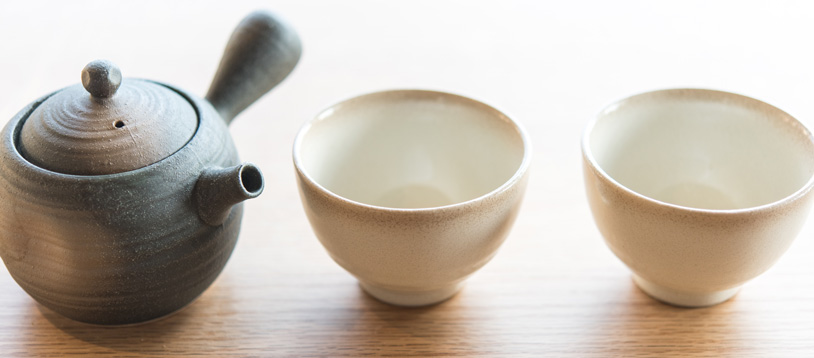
How much sencha green tea I could drink?
The recommended consumption is 2-3 cups of sencha green tea per day.
Possible caffeine content’s side effects
Although the caffeine content in sencha green tea is relatively low to the other types of tea or coffee, its consumption is not advisable for those with low caffeine tolerance. Pregnant women and nursing women may want to limit their sencha green tea consumption to a maximum 1-2 cups/day.
High dose of caffeine in the body may cause headaches, insomnia, diarrhea, and irritability. Please also note that caffeine in sencha green tea also has some diuretic effects.
If you are searching for caffeine-free tea, you can try to drink Barley Tea in exchange!
Consider drinking only high-quality sencha green tea
High-quality sencha green tea will be harvested from April to May. Off-season tea can still be harvested, but resulting in lower quality. The harvesting period will greatly affect the sencha’s quality.
The organic or pesticide-free sencha green tea can be another good alternative. The tea plant cultivated in an organic environment will give goodness from nature.
Please consider drinking high-quality sencha green tea due to the possible high Flouride content that may be harmful to your body.
Sencha green tea offers great health benefits if consumed moderately. So please consume it with remembering these precautions in mind.
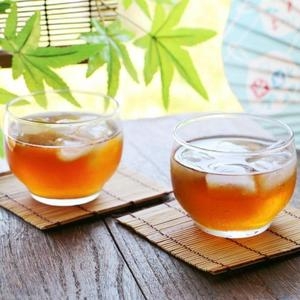
Sencha Green Tea Q & A
- What is sencha green tea?
- Sencha green tea is a popular green tea variety in Japan that has a balanced bitter-sweet taste. This tea was made by harvesting the Camellia Sinensis (tea) leaves that were cultivated without blocking the sunlight, immediately steamed, rolled, and dried.
- How much caffeine in sencha green tea?
- The caffeine content in sencha green tea is around 15-25 mg/150 ml. Sencha green tea has a relatively low caffeine content than other types of tea. Teabags tend to have higher caffeine content than the tea leaves.
- How many calories in sencha green tea?
- Sencha green tea is categorized as low calorie or zero-calorie beverage, so it’s good for your diet (the calorie depends to the product’s brand). Unless it is sweetened, the calorie will remain low.
- How to choose high-quality sencha green tea?
-
High-quality sencha green tea is characterized by a thin, strong twist leaves which makes it look like a needle, and has a deep green color. Its taste will have a good balance between sweetness and bitterness.
High-quality sencha green tea will be harvested during April to May. Off-season tea can still be harvested, but resulting in lower quality.
- How much sencha green tea I could drink?
-
The recommended consumption is 2-3 cups of sencha green tea per day. Sencha green tea offers great health benefits if consumed moderately.
Consider drinking sencha green tea during or after meals. Consuming sencha green tea before sleeping may disturb your sleep because it has caffeine content.
- What is the difference between sencha green tea, shincha green tea, and bancha green tea?
-
Shincha and bancha are both sencha green teas, too. Shincha means “new tea” in Japanese. The difference is at its harvest time.
While shincha is firstly harvested than other variety (mid-April to early May), bancha is harvested in the later period from the second pluck of tea plant. Sencha green tea is harvested after shincha. Shincha and sencha only use the first pluck of the tea plant.
- What is the difference between green tea, oolong tea, and black tea?
-
Tea can be divided into three categories: green tea, oolong tea, and black tea. The difference is at its oxidation level.
Green tea is immediately steamed to prevent oxidation, therefore green tea can preserve its green color (unfermented tea). Oolong tea is prepared using partially fermented leaves (semi-fermented tea), while black is prepared using fermented leaves.
- What are the sencha green tea’s health benefits?
- 1. Lower The Risk of Several Types of Cancer
2. Reduce The Risk of Cardiovascular Disease
3. Gives Relaxation Effect
4. May Help You to Lose Weight
5. Gives You Energy
6. Reduce Risk of 2 Type Diabetes
- Fluorides in tea: is it harmful or not?
- Fluoride is a toxic compound that could naturally come from water and soil, polluted rain, polluted water, and the decaffeination process. However, it is found that green tea has less Fluoride content than oolong or black tea. High-quality green tea also shows a low content of Fluoride if compared with instant tea mixes, teabags with low-quality tea, and ready-to-drink teas. So researches agreed that drinking better green tea was important to prevent people from excessive intake to Fluoride.
Did you get the information you need?
We hope you could learn more about sencha green tea through this article. Let’s drink sencha drink tea in an adequate amount to get the maximum benefits!
Sencha Green Tea Recommended Products
- Organic Sencha Green Tea Bags, Japanese Asamushi Light Steamed Tea, USDA & JAS Certified, Made in Japan by Kawashimaya, 20 Bags
- Japanese Sencha tea bag with a well-balanced aroma, umami, and astringency. The leaves are steamed shorter to give you a lighter, clean, and elegant taste of authentic green tea. USDA & JAS Organic. 100% Made in Japan.
- View Product on amazon.com
- Organic Sencha Green Tea Bags, Japanese Fukamushi Deep Steamed Tea, USDA & JAS Certified, Made in Japan by Kawashimaya 20 Bags
- Japanese Sencha tea with a well-balanced aroma, umami, and astringency. Steamed 2-3x longer for deeper and richer flavor of authentic green tea. USDA & JAS Organic. 100% Made in Japan.
- View Product on amazon.com

